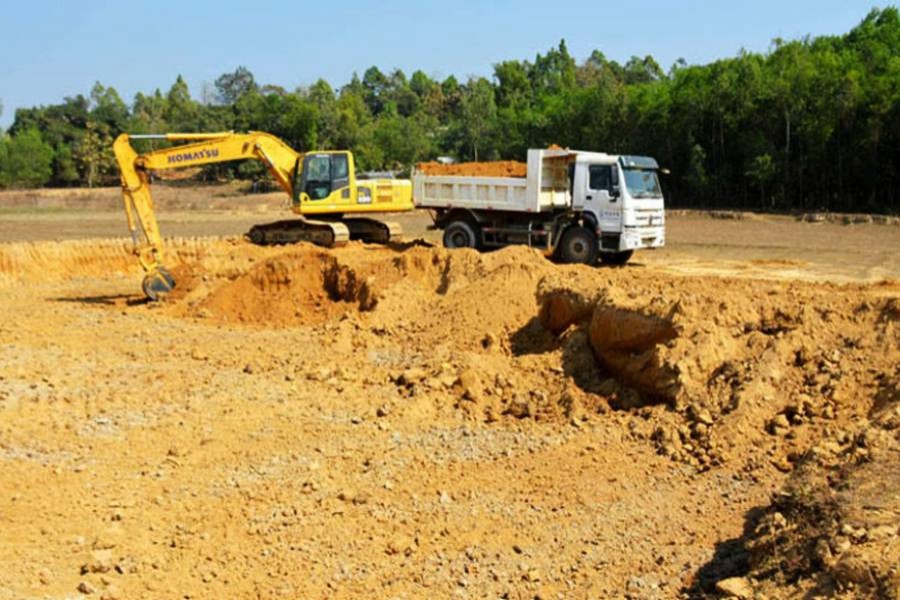The alarm bell sounded by the Food and Agriculture Organisation (FAO) about the rapid degradation of topsoil worldwide is in effect a grim warning of food insecurity for the planet's population. In fact, concerned here is the most productive part of the Earth's crust that produces 95 per cent of the world's foods. The latest FAO report warns that 90 per cent of the topsoil will be at risk by 2050. Another report submitted to the UN in 2019 claims that all the world's topsoil could turn unproductive within the next 60 years if the 'current rate of loss continues'. If these are predictions, the disappearance of farmable lands is equally alarming. Over the past four decades, one-third of the agricultural land has disappeared and half of the most productive soil has vanished over the past 150 years.
Clearly, the rate of degradation of soil has been expedited by agricultural, industrial and commercial pollution in the last forty years. This has prompted the UN agency to form the Global Soil Partnership under which programmes and actions are taken to reverse the degradation process. The first task is to make policymakers and farmers aware of the unsustainable agricultural practices and initiate organic methods of cultivation with an emphasis on enriching foods with micronutrients. A project was launched by the FAO Global Soil Partnership with German fund in two sub-Saharan African countries and Bangladesh. The result of this sustainable soil management, nutritional enrichment programme spread over three selected areas in the country--- Baliadangi, Chandina and Chuadanga --- has reportedly been quite encouraging. However, the FAO has initiated yet another programme in order to stem the rapid decline of soil quality by forming a partnership with farmers and local governments. Under this programme use of cover crops, crop rotation and agro-forestry are practised, in which governments are required to provide policy support without being involved directly.
The reasons behind topsoil turning acidic and infertile are not unknown. Apart from agricultural, industrial and commercial pollution, climate change has, of late, posed a threat to soil quality. In the south-western region of Bangladesh, the intrusion of saline water has rendered agricultural land unfit for crop production. Also, shrimp cultivation by influential quarters has made the situation even worse. If Sidr and Aila were responsible for prolonged flooding of large areas with saline water, those shrimp cultivators have only channelized further intrusion of such water into agricultural lands of unwilling farmers.
However, if this problem is confined to that particular area, the problem of topsoil loss is common to all areas in Banglasdesh. The areas that still come under seasonal monsoon flooding fortunately get reprieve from this negative development and even can more than recoup losses. An overwhelming emphasis on production of rice has been primarily responsible for loss of soil health. There is indeed a need for cover crop and crop rotation which help rejuvenate soil. Particularly where possible, cultivation of pulses and beans can prove highly beneficial because those crops help fix nitrogen to soil. To get the maximum benefit, however, agro-forestry can be a nice way of covering up the soil quality decline. The challenge of retaining soil nutrition is great but can be overcome by judicious plan and follow-up actions.


